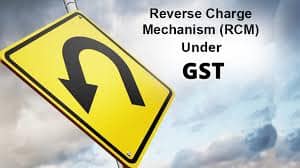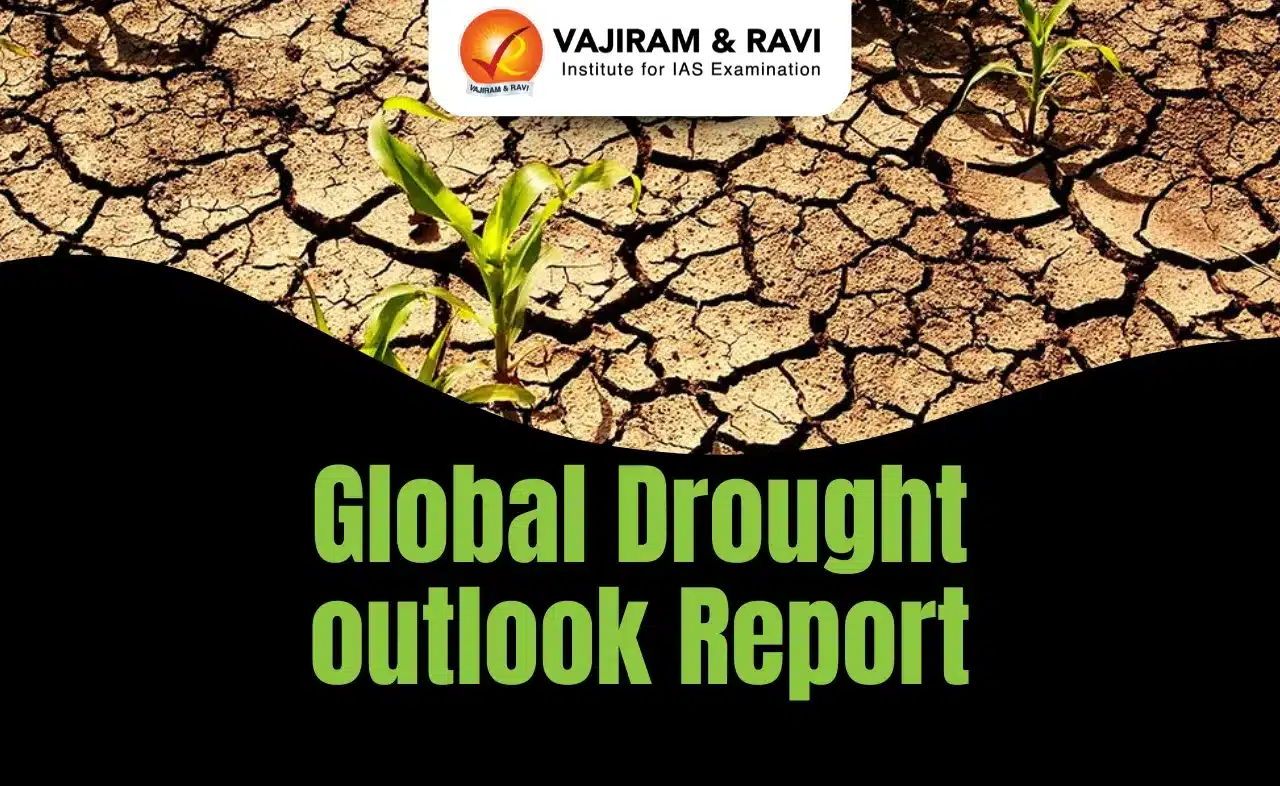What is Reverse Charge Mechanism (RCM)?
- It is a mechanism where the recipient of the goods or services is liable to pay GST instead of the supplier.
- Typically, the supplier of goods or services pays the tax on supply. Under the RCM, the recipient of goods or services becomes liable to pay the tax, i.e., the liability of tax payment gets reversed.
- Objectives:
- to widen the scope of levy of tax on various unorganized sectors;
- to exempt specific classes of suppliers of goods/services;
- to tax the import of services (since the supplier is based outside India);
- Under the RCM, the recipient of goods cannot claim an Input tax credit (ITC) as the supplier has not paid any tax for their sales.
What is an Input tax credit (ITC) under GST?
- ITC means GST paid by a taxable person on any purchase of goods and/or services that are used or will be used for business.
- ITC value can be reduced from the GST payable on the sales by the taxable person after fulfilling some conditions.
Q1) What is Tax incidence?
Tax incidence is a measure of who ultimately pays a tax, either directly or through the tax burden. This burden can be split between buyers and consumers, or different groups in the economy.
Source: Scrap steel industry seeks ‘reverse charge mechanism’ in GST
Last updated on June, 2025
→ UPSC Notification 2025 was released on 22nd January 2025.
→ UPSC Prelims Result 2025 is out now for the CSE held on 25 May 2025.
→ UPSC Prelims Question Paper 2025 and Unofficial Prelims Answer Key 2025 are available now.
→ UPSC Calendar 2026 is released on 15th May, 2025.
→ The UPSC Vacancy 2025 were released 1129, out of which 979 were for UPSC CSE and remaining 150 are for UPSC IFoS.
→ UPSC Mains 2025 will be conducted on 22nd August 2025.
→ UPSC Prelims 2026 will be conducted on 24th May, 2026 & UPSC Mains 2026 will be conducted on 21st August 2026.
→ The UPSC Selection Process is of 3 stages-Prelims, Mains and Interview.
→ UPSC Result 2024 is released with latest UPSC Marksheet 2024. Check Now!
→ UPSC Toppers List 2024 is released now. Shakti Dubey is UPSC AIR 1 2024 Topper.
→ Also check Best IAS Coaching in Delhi
























